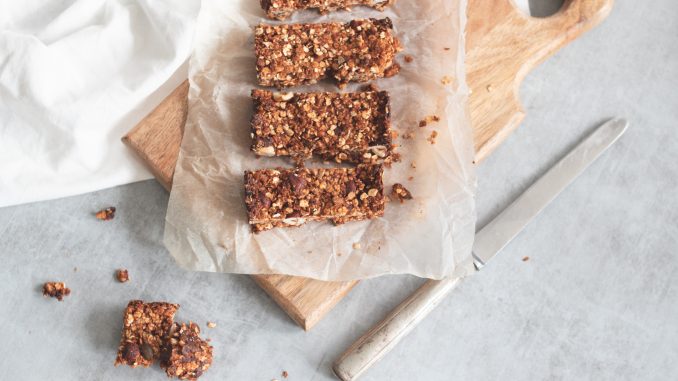
As technology continues to advance, our ability to preserve seasonal foods for year-round consumption has greatly improved. With the rise of innovative techniques and tools, we are now able to enjoy the nutritional benefits of fresh produce even during the off-season. In this article, we will explore some of the best ways to preserve seasonal foods for year-round nutrition.
Canning
Canning is a classic method of food preservation that has been used for centuries. It involves sealing food in jars or cans and then heating them to kill off any bacteria that could cause spoilage. Canning is particularly effective for preserving fruits and vegetables, as well as soups and sauces. By canning seasonal produce when it is at its peak freshness, you can enjoy their nutrients and flavors throughout the year.
Freezing
Freezing is another popular method of preserving seasonal foods. Not only does it help to retain the nutritional value of the produce, but it also allows you to enjoy their flavors and textures long after they are out of season. When freezing fruits and vegetables, it is important to blanch them first to stop the enzyme activity that can lead to spoilage. Once blanched, the produce can be frozen in airtight containers or bags for convenient storage.
Drying
Drying is a traditional method of preserving foods that has stood the test of time. By removing the moisture from foods, you can significantly extend their shelf life and retain their nutrients. Fruits such as apples, pears, and berries can be easily dried in a dehydrator or oven, while herbs and spices can be air-dried for later use. Dried foods can be stored in airtight containers in a cool, dark place for months on end.
Fermentation
Fermentation is a natural process that can be used to preserve and transform seasonal foods. By introducing beneficial bacteria to fruits and vegetables, you can create delicious fermented foods such as sauerkraut, kimchi, and pickles. Not only does fermentation preserve the produce, but it also enhances their nutritional value by increasing their digestibility and introducing probiotics. Fermented foods can be stored in the refrigerator for several months.
Pickling
Pickling is a popular method of preserving seasonal foods that involves submerging produce in a vinegar or salt brine. This process not only extends the shelf life of fruits and vegetables but also imparts them with a tangy and flavorful taste. Pickled foods such as cucumbers, beets, and peppers can be stored in the refrigerator for several weeks or even months. They make a great addition to sandwiches, salads, and charcuterie boards.
Vacuum Sealing
One of the most modern methods of preserving seasonal foods is vacuum sealing. By removing the air from airtight bags or containers, you can greatly extend the shelf life of produce and prevent oxidation. Vacuum sealing is particularly effective for preserving meats, fish, and dairy products, as well as cooked meals and leftovers. Vacuum-sealed foods can be stored in the refrigerator or freezer for several months.
Conclusion
Preserving seasonal foods for year-round nutrition is not only a great way to enjoy the flavors of fresh produce throughout the year but also to ensure that you are getting the nutrients your body needs. Whether you choose to can, freeze, dry, ferment, pickle, or vacuum seal your seasonal foods, there are plenty of options available to help you make the most of what each season has to offer. By incorporating these preservation methods into your routine, you can enjoy the benefits of seasonal foods long after they are out of season.
